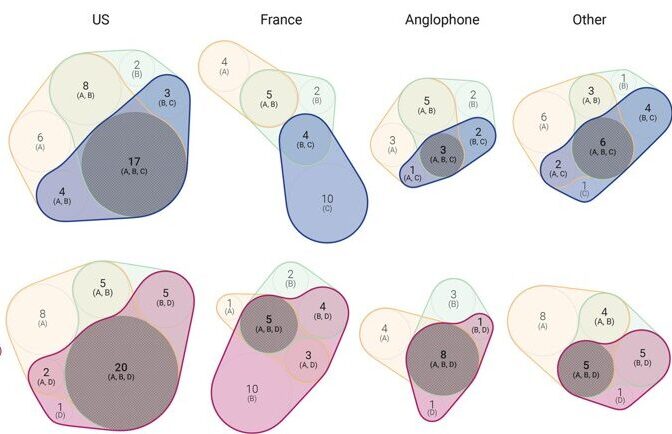The 2007 article ‘Why buprenorphine is so successful in treating opiate addiction in France’ has been widely cited to promote various solutions to growing opioid-related harms across multiple jurisdictions globally. However, selective promotion of aspects of the French experience or promotion of the French experience without considering relevant contextual factors may inform policies that will not bring the same outcomes as in France, including the introduction of possible unintended negative consequences. The scientific literature is one important arena in which policy solutions are identified, evaluated, promoted and disseminated. Scientific communication of the French opioid use disorder care model offers a timely and relevant example through which to examine how problem representations travel and to consider the effects of these representations.
We aimed to explore where, when, and how the content of this 2007 index article has travelled through the scientific literature.
Informed by Bacchi’s understanding of problem representation, we conducted a scientometric analysis of the index article. This included categorical analyses using a combination of citation metadata and content data to identify patterns across locations and time.
Researchers in the United States and Anglophone countries affirmatively cited specific index study content, namely less stringent regulations and positive outcomes, such as reductions in overdose deaths and increases in buprenorphine utilization. These citations were more common after 2015 and were more likely to be in discussion sections of nonempirical publications. Researchers from France cited similar content but did so nonaffirmatively, and throughout the study period. Likewise, the French citations were mostly agenda-setting citations in the introductory sections of empirical studies. US studies received the highest attention based on number of citations and Altmetric scores.
US studies, by focusing on less stringent buprenorphine regulation as the primary solution of concern, have constructed opioid-related harms as a problem of restrictive regulations for buprenorphine. This selective focus on regulation, as opposed to other aspects of the French Model elucidated in the index article such as changes pertaining to the values and financing that structure health service delivery, represents an important missed opportunity for evidence-informed policy learning across jurisdictions.

